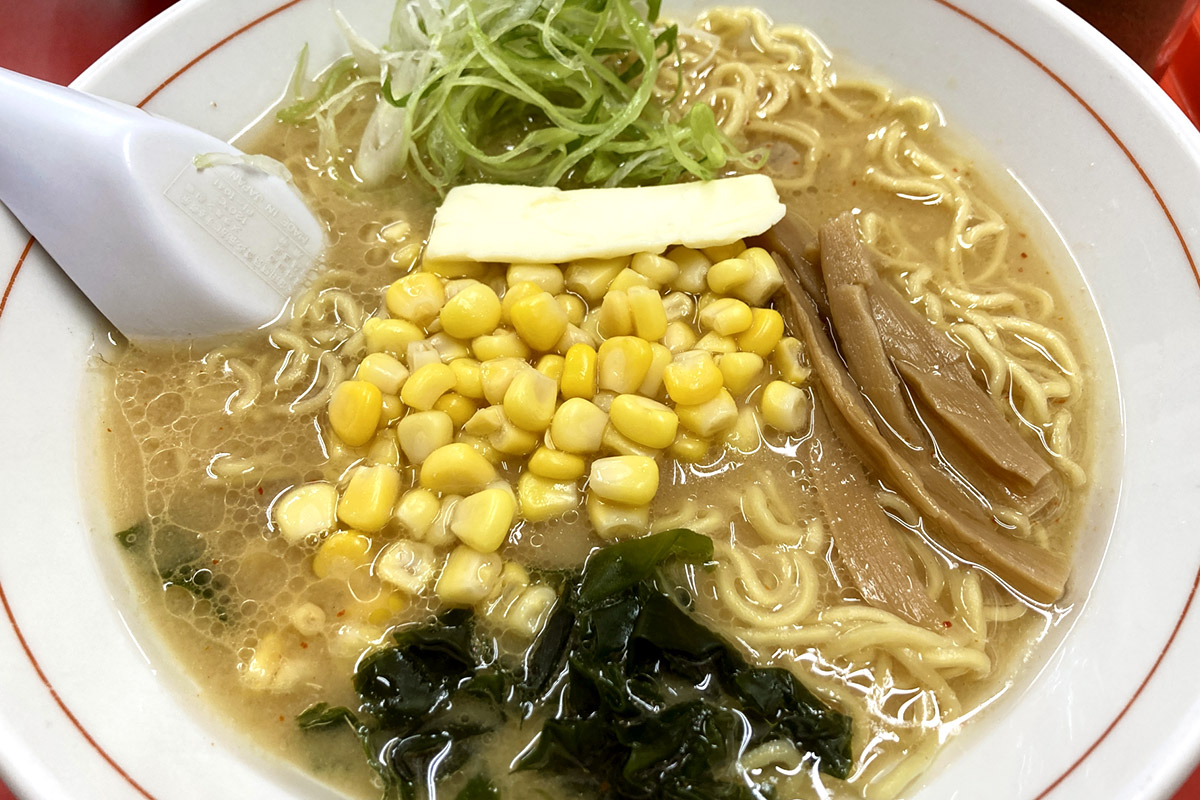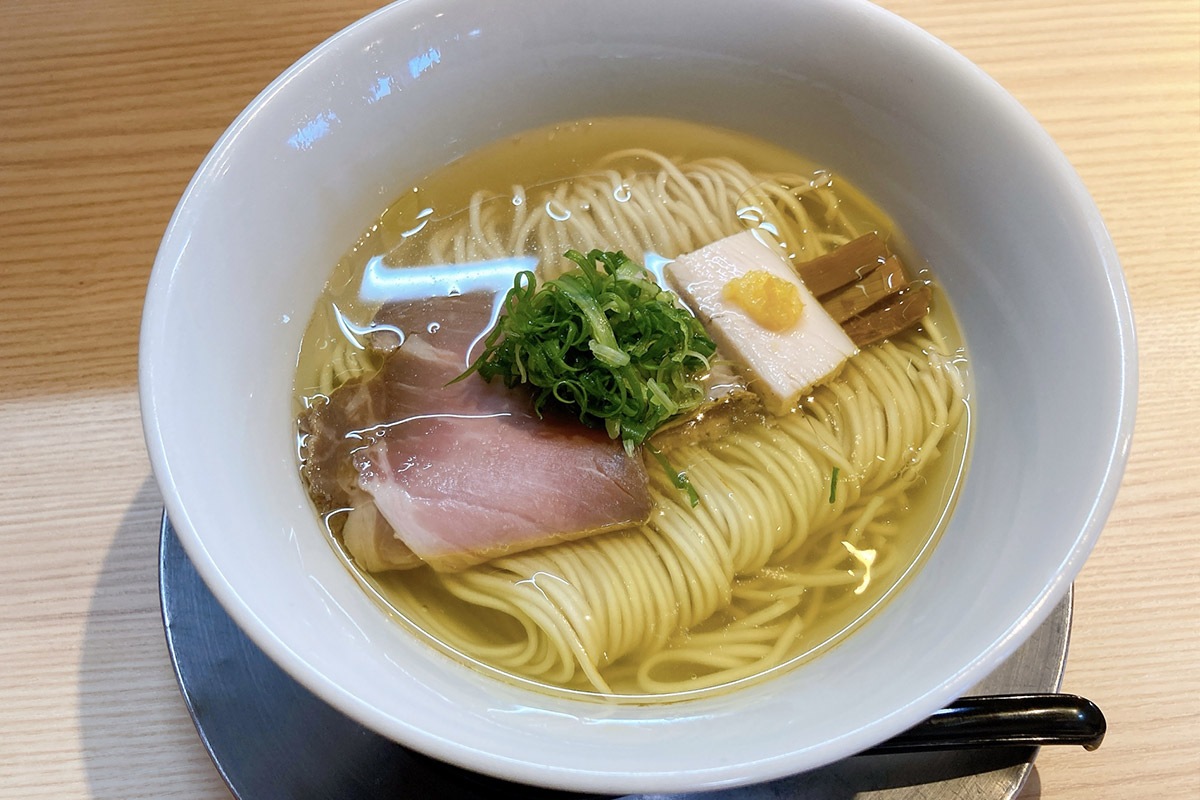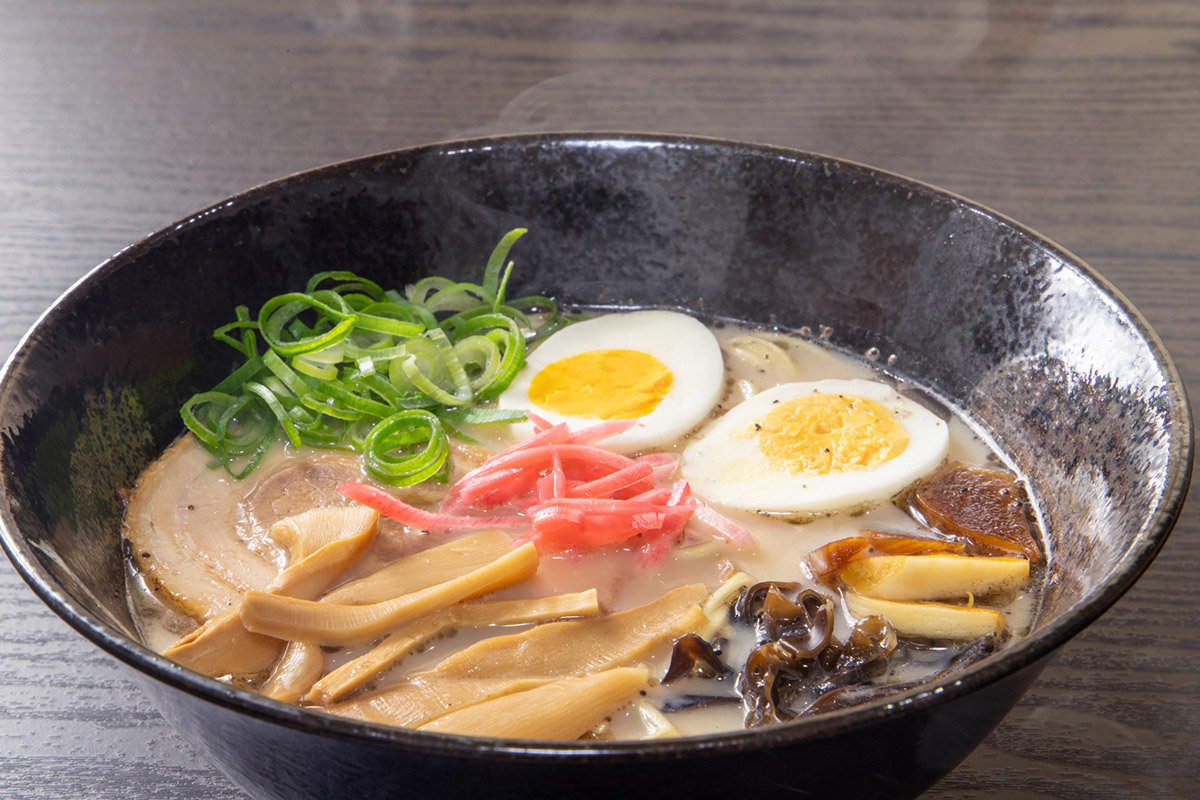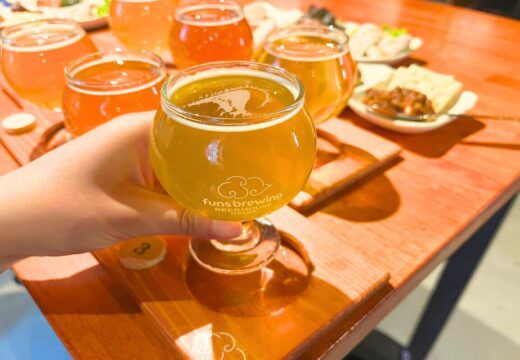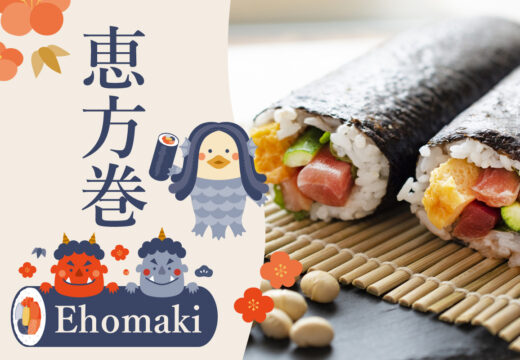
Have you ever heard of the popular Japanese food “Ramen”?
Ramen is a Japanese noodle dish.
It consists of a flavorful broth, several types of noodles, and meat and vegetable toppings.
In this issue, I’m going to share with you all sorts of ramen-related tips!
What is the kanji for ramen?
Ramen is written “拉麺” in kanji.
In Japan, however, it is usually written in katakana.
*Katakana is a Japanese syllabary.
In katakana, it’s written “ラーメン”!
What kinds of ramen are there?
Ramen varies in the type of noodle and soup depending on the restaurant and region.
Noodle type
Basically, ramen noodles are made from a base of wheat flour.
There are many differences among stores.First, the thickness of the noodles varies from restaurant to restaurant.
Different stores use different types of noodles, from very thin (1.1 mm) to as thick as 2.5 mm.
Next, there are two types of noodles: straight and frizzled.
In addition, there are three types of noodles: freshly boiled, once steamed, and dried.
Thin noodles are easy to eat and intertwine well with the soup. Thin noodles are often used for light-flavored ramen.
Thick noodles, on the other hand, have a sticky texture. They go well with thick soups and dipping noodles.
Soup Type
There are as many types of soups as there are restaurants. Here are some of the most typical!
Soy sauce
Ramen soup made with soy sauce, a Japanese seasoning.
Some restaurants use meat broth such as chicken or pork as a base, while others use seafood such as bonito or shellfish as a base.
This ramen has a light, yet refreshing soup stock.
Miso
Ramen soup made with miso, a traditional Japanese seasoning.
It’s so rich!
In Hokkaido, some restaurants top it with butter and corn.
Many restaurants have thick noodles.
I also like miso ramen with a little vinegar.I can eat it without getting tired of the sour taste.
If you like, try putting it in just before you finish eating.
Shio
Shio means salt.
Shio ramen does more than just taste salty.
The soup is made with chicken or pork bones or seafood broth.
Because it is not slow-cooked, it has a clear, transparent color.
It is very light, so some restaurants squeeze in citrus flavors or top it with black pepper.
Tonkotsu
Tonkotsu means pork bone.
It has a very strong flavor, and you may or may not like it.
It is commonly eaten mainly in the Kyushu region of Japan.
Thin noodles are used in Kyushu.
By the way, the reason why the soup is white is because this whiteness is collagen.
How to Order at a Ramen Restaurant in Japan
There are two main types of ordering methods at Japanese ramen restaurant.
1. Ticket machine system
Buy the ramen and sub-menu you want to eat from the ticket machine first.
The system is to hand the ticket to the waiter, and after a short time, the food you ordered will be brought to you.
Most ticket machines are cash only, so have some coins or 1000 yen bills handy!
*High denomination bills such as 10,000 yen bills are often not accepted by ticket machines.
In that case, you can ask the clerk to exchange money for you.
2. Order from the waiter
At ramen restaurant where you order directly from the waiter, you are first asked how many people are using the restaurant when you enter.
When you are shown to your seat, check the menu and call the waiter to order.
You will notice if you raise your hand saying “Sumimasen.”
When you have finished eating your ramen, take your order sheet to the cashier to pay the bill.
Many stores in this pattern accept credit cards.
Are there any rules at ramen restaurant?
1.Basically, a ramen restaurant is not a place to relax. When you finish eating, do not linger and leave the restaurant.
2.Some restaurants only have counters.If you have a large group, you should check to see if the restaurant has tables.
3.You are not welcome to bring your own. Beverages and condiments should be from the restaurant.
Japanese Trivia about Ramen
1. Japanese people sometimes make noise when eating noodle dishes.
This is because the slurping of the noodles allows air to be included, enhancing the aroma of the soup and noodles.
This noodle-slurping sound may sometimes make foreign visitors to Japan uncomfortable.
However, I would be happy if you could take it as a culture.
2. At some restaurants, you can refill only the noodles.
In Japanese, a noodle refill at a ramen restaurant is called “kaedama”.
3. Some restaurants offer a choice of noodle hardness.
Soft(Yawarakai やわらかい), normal(futsu 普通), firm(Katai 硬い), and fairly firm(Barikata ばり硬) are available.
The hardness of noodles that are nearly uncooked and raw is called “harigane”.
*Harigane means wire.
In our next blog post, we’ll show you the types of ramen available in your local area of Japan! Enjoy.




